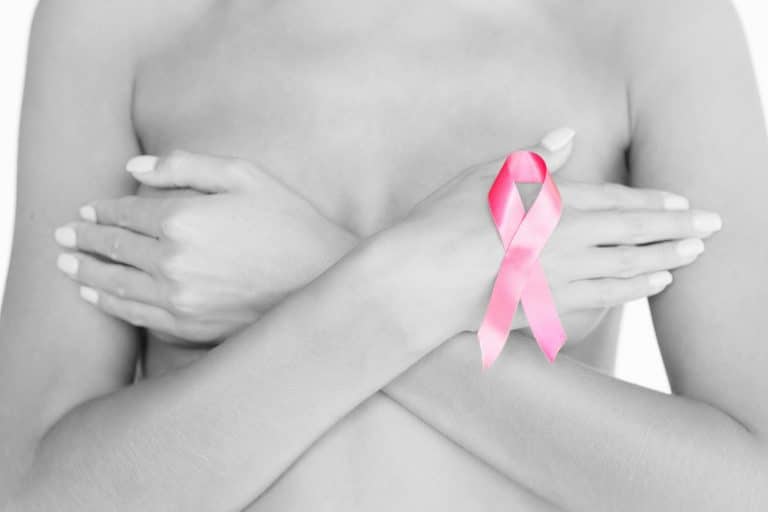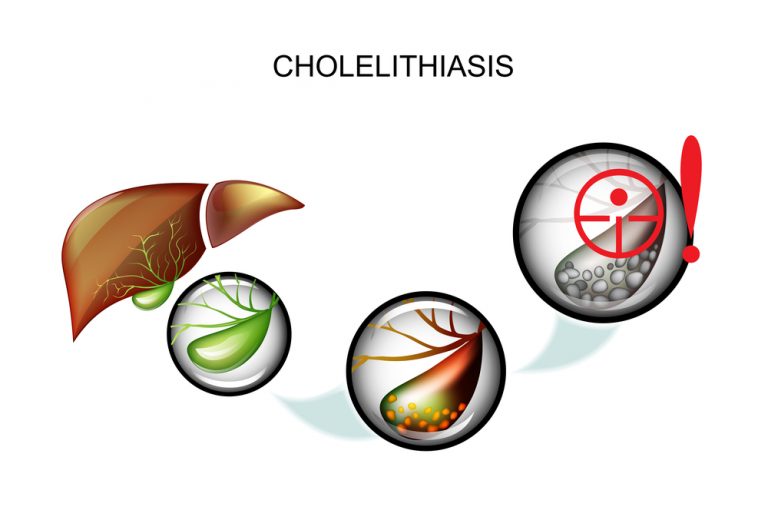Breast ultrasound plays a vital role in early detection, helping to distinguish between solid lumps and fluid-filled cysts that could be benign or malignant. It provides invaluable information for breast cancer prevention efforts.
Ultrasound tests involve applying gel to the skin of your breasts before moving a handheld or automated device (transducer) over it to create images.
What Is an Ultrasound Scan?
Ultrasound scanning is an imaging test that utilizes high-frequency sound waves to create a real-time picture of the inside of your body. It's safe and often performed during pregnancy to get an accurate perspective.
Sonographers or ultrasound technicians are the qualified healthcare professionals responsible for performing the scan. They have undergone rigorous training on how to safely use this advanced technology. A radiologist or your doctor will interpret the images and provide you with a copy of them for your own reference.
Non-invasive ultrasound scanning can be performed, with the area being scanned covered in clear gel to make it easier for the scanner to pick up sound echoes from organs or tissues being examined. The transducer (device that emits and detects these echoes) is connected to a computer which projects an image onto a monitor.
You will typically be asked to take off all outer clothing and put on a hospital gown. The type of garment depends on which part of your body is being scanned. After entering the scanning room, you will lie flat alongside an ultrasound machine.
According to the area being scanned, you may be asked to abstain from eating or drinking for 6 hours beforehand. Additionally, you may receive a sedative as an aid in relaxation.
If your pregnancy is at high risk, such as if you are carrying multiples or have an illness or medical condition, a gynecologist or midwife may suggest an ultrasound scan. This common diagnostic test will confirm your pregnancy, estimate its gestational age and detect any fetal issues.
Ultrasound has been used in pregnancy for over 30 years, and research has established its safety with minimal side effects. It is recommended that all fetal ultrasound examinations be conducted only for diagnostic purposes by a trained operator in a clinical setting.
Some women may be offered a morphology scan, which examines the growth and structure of the fetus. This ultrasound usually occurs between 18-22 weeks of gestation and looks at your baby's size and position; additionally, it ensures your placenta does not lie over or near the cervix (cervix is where sexual activity takes place) if requested. Furthermore, this scan may even provide details regarding your baby's activities when requested.
How Does an Ultrasound Scan Help to Diagnose a Breast Lump?
Breast ultrasound is a diagnostic imaging test that utilizes sound waves to create an image of the inside of your body. It can help determine whether a lump is solid (known as a tumour) or filled with fluid like a cyst. It's often employed to locate where doctors should perform biopsies, which involve extracting cells from a suspicious lump and testing them for cancer cells.
Ultrasound does not utilize ionizing radiation and therefore doesn't carry the same risks as other medical tests like mammograms and needle biopsies. A doctor may request an ultrasound when they observe an abnormal finding on a screening mammogram, breast MRI or clinical breast exam.
Ultrasound imaging involves applying a clear water-based gel to your skin over the area to be scanned. This gel allows sound waves to bounce back and forth between the transducer and your body, creating an image of your internal organs and tissues using computer technology.
The doctor may ask you to remain still or hold your breath while the ultrasound is being conducted. It usually goes without pain and quickly. Once the images have been captured, any remaining gel from your skin will be gently washed away by the technician.
Some experts contend that ultrasound scans are not as sensitive at detecting breast cancer as other diagnostic tools. Nonetheless, it can still be useful in assessing certain kinds of lumps on mammograms which may not be visible otherwise.
Young women who feel a lump during self-exam or a mammogram may benefit from ultrasound testing to identify its type and size. Mammograms only show the size of the lump, while an ultrasound provides more detailed information.
If you have dense breast tissue, your doctor may suggest getting both a mammogram and ultrasound at once for a better view of any abnormal areas. Alternatively, they could ask you to have both tests in one-stop clinic for an even more comprehensive assessment of your breast health.
What Are the Results of a Breast Ultrasound Scan?
Breast ultrasound is a diagnostic test that uses sound waves to create images of the tissues within your breast, as well as any lymph nodes located near the armpit (axilla). This can be an invaluable tool in early detection and treatment for breast cancer.
Doctors can use ultrasound to help them determine whether a breast lump is filled with fluid or solid tissue. If there is evidence of solidity, additional tests may be ordered to gain more insight into its nature.
Ultrasound can also assist a doctor in locating the proper area to take a needle biopsy for breast cancer testing. It may also reveal areas of concern that would not appear on mammograms, known as "false positives."
Sonographers use a handheld transducer to glide over your breast and other nearby parts of the body, applying lubricating gel so the probe can glide smoothly over skin and capture clear pictures on screen. You may feel some pressure as they move over you but it should not be painful and does not stain clothing.
A radiologist will review the images from your scan and discuss them with you and your healthcare provider.
Your radiologist can detect whether an ultrasound revealed a lump. They'll categorize it as either a solid lump, cyst, or abnormal area of tissue and determine if further testing such as an MRI or breast biopsy is necessary.
If the ultrasound results are inconclusive, you will likely receive a letter outlining what steps to take next to address your concerns. However, if there is evidence that suggests there may be something suspicious, you may be invited back for another ultrasound or biopsies in order to gain more insight into what's causing the lump.
If the ultrasound results are inconclusive, doctors may request an MRI or biopsy to further evaluate the lump and rule out cancerous growths. This can be a time-consuming process that may involve multiple visits to the same clinic.
How Can I Prepare for a Breast Ultrasound Scan?
Ultrasound is one of the most commonly used imaging tests for breast cancer detection. It helps distinguish fluid-filled cysts and solid masses that appear different from other breast tissue on mammograms, as well as differentiating between a tumor causing symptoms and a benign (non-cancerous) mass.
To perform a breast ultrasound, the sonographer will apply special gel to your skin and place you on an exam table. They then place a handheld device known as a transducer over this gel, making it easy for it to move so sound waves travel through your body and back again. A computer then turns these sounds into visible pictures onscreen - known as sonograms.
Before the ultrasound test begins, you will be asked to undress from your waist up and take off all jewelry from your neck. After changing into a gown that opens in front and lies over your shoulders, you may be instructed to lie on either side or back on the exam table.
First, a triangular sponge is placed over your armpit or axilla to help position yourself for scanning more easily. The technician will then gently pass the device over your breast, moving it from spot to spot in order to take pictures of its tissues.
Once the image has been captured, your sonographer will review the results with you and, if necessary, suggest further testing such as a biopsy of the affected area.
If the ultrasound reveals a breast lump that appears unusual, your doctor may suggest further testing to identify its source. This could include other imaging tests like CT or MRI scans.
You might need a breast biopsy, which is a minor procedure that uses a needle to extract tissue samples from an area of your breast. The radiologist uses ultrasound guidance to guide the needle into any abnormality and then collect multiple samples of tissue.
Content Information
We review all clinical content annually to ensure accuracy. If you notice any outdated information, please contact us at info@iuslondon.co.uk.
About the Author:

Dr. Mohammad Jalaleddin (GMC number: 7729988) is an internationally-trained physician who earned his medical degree from Tishreen University in Syria in 2005. He completed his specialization in diagnostic radiology in 2009, followed by a Master's degree in 2011, which focused on the radiological alterations of bone grafts. Dr. Jalaleddin has worked as a radiologist in various hospitals and clinics, developing significant expertise in ultrasound and MRI scans. He has extensive experience in performing a wide range of ultrasound examinations, including breast, abdominal, pelvic, and vascular studies. In 2017, he moved to the UK and completed the requalification process with the General Medical Council (GMC). Since March 2021, he has been a part of the Imperial College Healthcare NHS Trust. Dr. Jalaleddin is a member of the General Medical Council (GMC) and the British Medical Ultrasound Society (BMUS).



